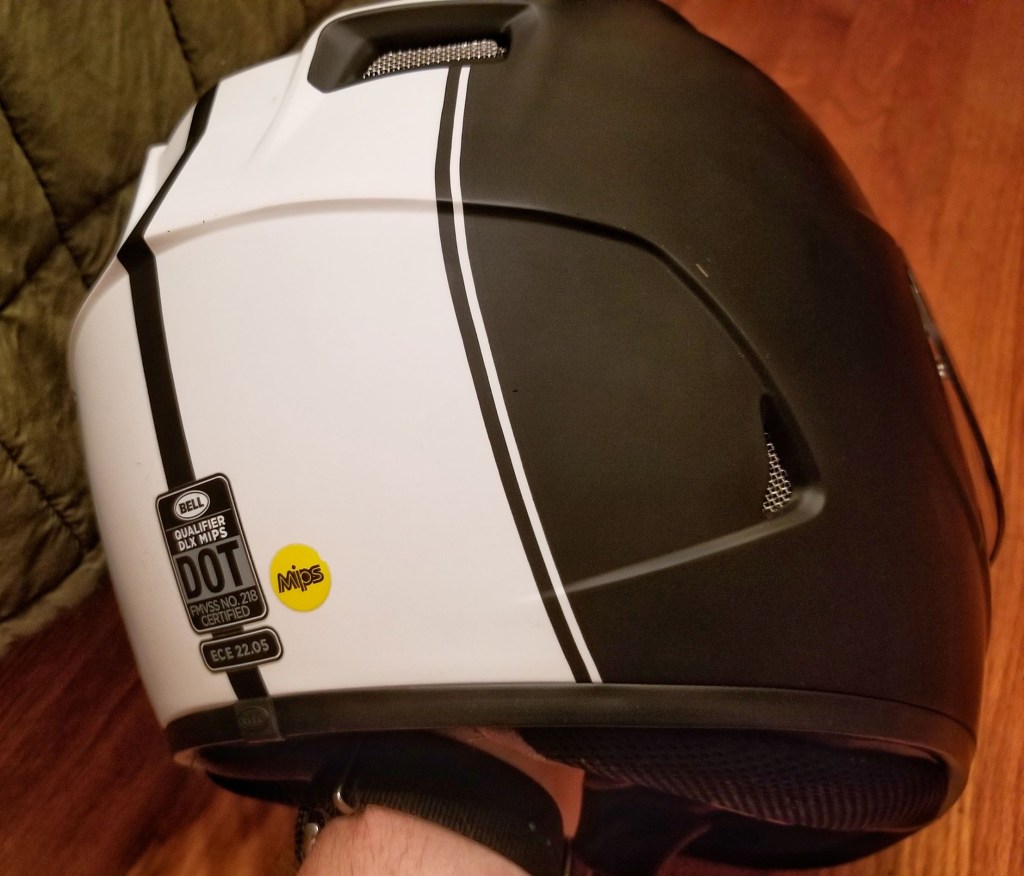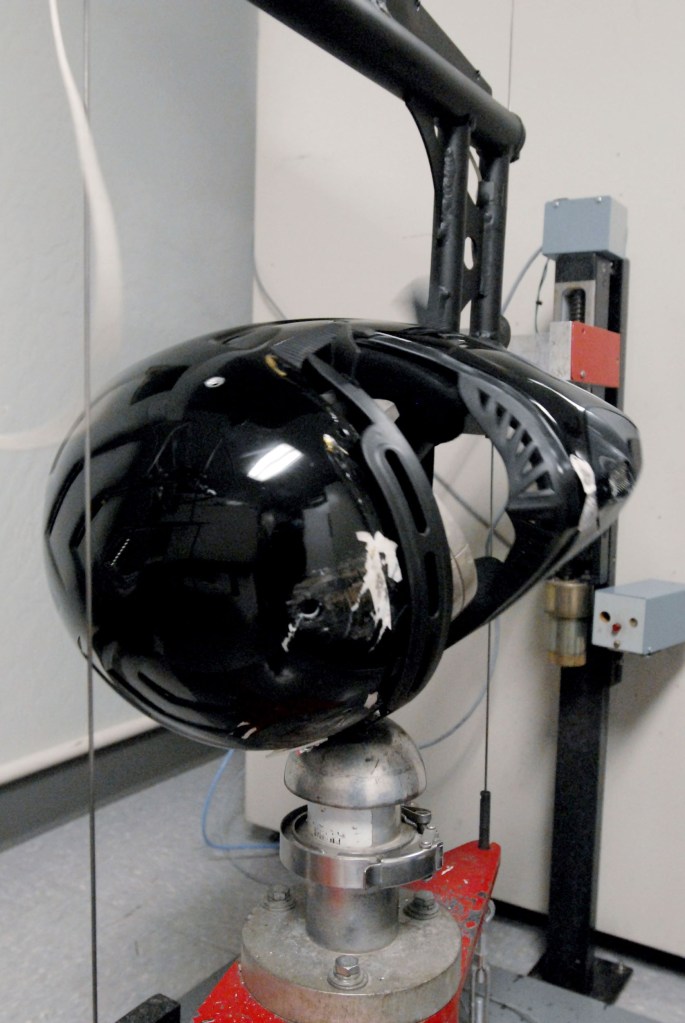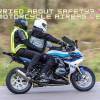
Is the Snell Certification on Motorcycle Helmets Pointless?
Even if they don’t wear an armored jacket or boots, riders should treat helmets as absolute necessities. Forget ‘loud pipes,’ a proper motorcycle helmet can truly save your life. And often, it’s the helmets with Snell stickers that are hailed as some of the safest out there. But in a recent video, FortNine argues that today, this safety standard might be meaningless.
What determines if a motorcycle helmet is ‘safe’?

Much like the NHTSA’s and the IIHS’s crash tests, modern motorcycle helmets have to deal with multiple safety standards. At a minimum, ‘proper’ bike helmets sold in the US have to pass the Department of Transportation’s FMVSS 218 standard, RevZilla explains. If they do, they get a ‘DOT’ sticker.
Like the EPA, the DOT doesn’t test every single motorcycle helmet on the market itself. Instead, the NHTSA randomly buys helmets off the shelf and tests them, fining manufacturers for failed products, RideApart says. These tests boil down to strapping simulated heads into the helmets and dropping them onto specially-shaped anvils. If the helmet transmits too much impact force or cracks too severely, it fails. On top of that, the FMVSS 218 standard also takes into account things like field of vision and helmet retention.
What does the Snell certification mean for motorcycle helmets?

However, there are two potential drawbacks to the DOT’s motorcycle helmet standard. Firstly, the manufacturers perform the certification tests themselves. And secondly, for some, the FMVSS 218 standard doesn’t go far enough in terms of protection. Namely, there’s no consideration for rotational forces, i.e., those that actually cause brain trauma. Also, the DOT test puts a 400-g limit on the transferred force. That’s technically survivable, the FAA says, but only if the skull doesn’t deform.
That’s where the Snell Memorial Foundation comes in. Established in 1957 after the rollover-induced death of race car driver Peter Snell, the non-profit is devoted to researching, testing, and developing new helmet safety standards. And that includes bike helmets.
The Snell motorcycle helmet tests, unlike the DOT ones, are voluntary. But they’re also tougher and more comprehensive, BikeBandit explains. Snell uses more anvils with different shapes and drops the helmets from multiple heights instead of a single one. It also tests the visor and the chin-bar, not just the dome. Plus, instead of measuring the force of a single impact, Snell requires two. And, arguably most importantly, instead of 400g’s, Snell limits the force to 275g.
In essence, a motorcycle helmet with a Snell sticker is generally safer than one with just a DOT sticker, RideApart says. It’s sort of like how just because a car has airbags doesn’t mean it’s an IIHS Top Safety Pick.
Have newer motorcycle helmet safety regulations made the Snell rating obsolete?
The Snell Memorial Foundation updates its helmet standards every five years; the current standard is called M2020. Or rather, the standards, because there are two: M2020D and M2020R. And as FortNine explains in the video above, that’s because of developments in Europe.
European motorcycle helmets aren’t subject to DOT regulations. Instead, they follow the ECE standard, which is currently in ’22.05’ form, Bennetts says. Unlike the DOT, the ECE tests take into account both direct impacts and rotational forces. And while they have the same 275-g limit as Snell’s helmet tests, they’re performed under slightly higher acceleration. The benefit is that ECE-rated motorcycle helmets are just as safe as Snell-certified ones, if not safer.
However, therein lies the problem. The Snell ‘double impact’ standard favors helmets with rigid shells and liners. Both are fine for automobile racing helmets because racers are belted into place and often surrounded by roll cages. That means they bang their helmets into the same spots repeatedly, FortNine says.
But motorcycle helmets, unlike auto-racing ones, typically don’t see one or two heavy impacts. Instead, crashes leave bike helmets tumbling in random directions with smaller, variable amounts of force. In these scenarios, softer helmets are the safer choice. Think of it as hitting an airbag instead of an unyielding metal surface.
These fundamental differences in approach mean motorcycle helmets with Snell stickers rarely pass ECE tests and vice versa. And that’s why Snell instituted two MV2020 standards. MV2020D is for the US, where DOT rules apply, WebBikeWorld explains. MV2020R, meanwhile, is for ECE countries, only it doesn’t include the rotational requirement. But that leaves Snell with multiple standards, neither of which drastically improve bike helmet safety.
And it’s only going to get worse for Snell. In 2019, the FIM instituted its own helmet standard for all MotoGP riders. The FIM standard is similar to the ECE one, only it’s even tougher to pass, and requires yet softer helmets. And FIM-rated helmets aren’t just for pro racers these days: they’re available for street riders, too.
What should you do if you want the safest helmet possible?
So, where does this leave the safety-conscious motorcycle helmet shopper? Firstly, make sure whatever helmet you buy fits you correctly and securely. Otherwise, it won’t protect you properly.
In terms of outright safety, a helmet with both Snell and DOT stickers is safer than one with just the latter. Ditto is a helmet that has both ECE and DOT stickers. The tricky part is deciding which additional safety certification is more important.
Broadly speaking, ECE testing is more rigorous than what Snell does, RideApart says. For what it’s worth, my helmet, a Bell Qualifier DLX MIPS, is ECE-certified, not Snell-certified. It’s also worth noting that there’s no visual difference between a Snell MV2020D sticker and an MV2020R sticker, so you can’t immediately tell which standard your helmet meets. That doesn’t mean a Snell-certified helmet is necessarily unsafe, especially if it’s an auto-racing one. But it does add some pointless confusion into the mix.
Follow more updates from MotorBiscuit on our Facebook page.


